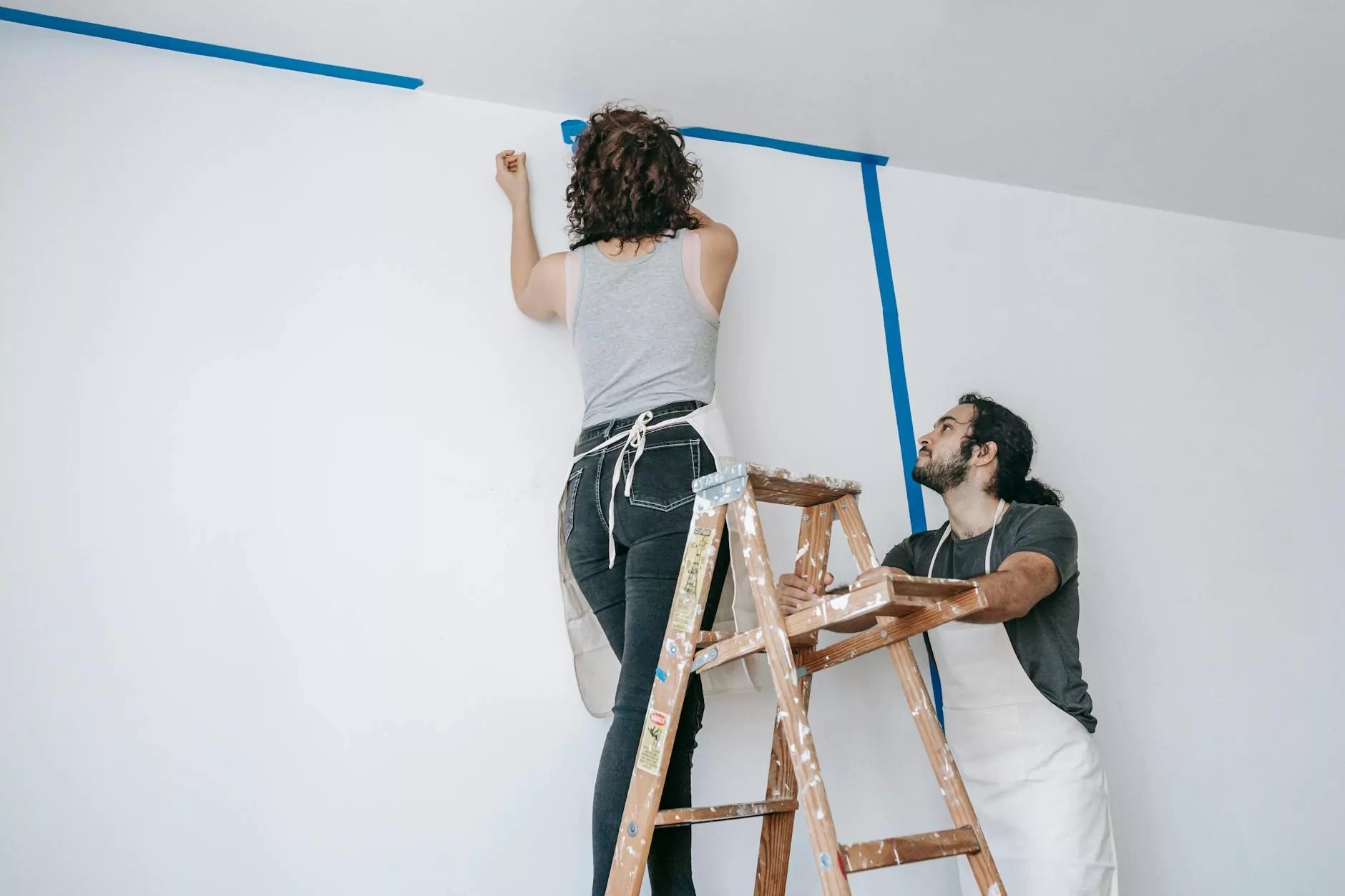What Are The Best Ways To Ventilate A Roof?
Blog
Proper roof ventilation is essential for maintaining a healthy and functional home or building. Bio-One Atlanta, a leading provider of professional cleaning services in the Business and Consumer Services - Cleaning industry, offers expert advice and solutions for effective roof ventilation. In this comprehensive guide, we will discuss why roof ventilation is important, the different types of ventilation systems available, and the best practices to ensure optimal airflow. Let's dive in!
The Importance of Roof Ventilation
Roof ventilation plays a crucial role in maintaining a comfortable indoor environment and preserving the structural integrity of your roof. Here are some key reasons why proper roof ventilation is important:
- Prevents Moisture Buildup: Without adequate ventilation, moisture can accumulate in your attic or roof space, leading to issues like mold growth, rotting, and structural damage.
- Promotes Energy Efficiency: Proper airflow helps regulate the temperature in your attic, reducing the strain on your HVAC system and preventing energy wastage.
- Extends Roof Lifespan: By preventing excessive heat buildup and moisture retention, roof ventilation helps extend the lifespan of your roofing materials, saving you money on premature replacements.
- Improves Indoor Air Quality: Effective ventilation removes stale air, odors, and pollutants from your home, improving the overall air quality and reducing the risk of respiratory issues.
- Enhances Comfort: A well-ventilated roof ensures a more comfortable living environment by reducing heat and humidity, especially during hot summer months.
Types of Roof Ventilation Systems
There are several types of roof ventilation systems available, each offering its unique advantages and suitability for different roof structures. Here are the most common ones:
1. Ridge Vents
Ridge vents are installed along the ridgeline of the roof and provide continuous airflow through the entire length of the attic space. They are popular due to their unobtrusive design and effectiveness in allowing hot air to escape.
2. Soffit Vents
Soffit vents are installed under the eaves of the roof and allow fresh air to enter the attic. They work in conjunction with ridge vents by creating a natural air circulation pathway, ensuring a balanced airflow.
3. Gable Vents
Gable vents are located on the gable ends of the attic and facilitate air intake and outflow. They are typically used in combination with other ventilation systems to maximize airflow.
4. Roof Louvers
Roof louvers are exhaust vents installed on the roof surface. They come in various shapes and sizes and are effective in removing hot air from the attic. However, they may require additional intake vents for optimal performance.
5. Turbine Vents
Turbine vents, also known as whirlybird vents, use wind power to create airflow. As the wind blows, the spinning turbine ventilates the attic space, expelling hot air and moisture.
Best Practices for Effective Roof Ventilation
While selecting the appropriate roof ventilation system is crucial, there are some best practices you should follow to ensure optimal airflow and ventilation efficiency:
1. Proper Sizing and Placement
Consult with a professional to determine the correct number and size of vents needed for your roof. Correct placement is essential to establish an effective intake and exhaust system.
2. Keep Vents Clear
Regularly inspect and clean your vents to remove any debris, snow, or other obstructions that may hinder proper airflow. A clogged vent can significantly impact ventilation effectiveness.
3. Insulate Attic Properly
Ensure your attic has proper insulation to prevent heat transfer from the living space. Insulation helps maintain a consistent temperature and reduces the workload on your ventilation system.
4. Consider Solar-Powered Options
If you're looking to reduce energy consumption, consider investing in solar-powered roof ventilation systems. These eco-friendly solutions harness the power of the sun to ventilate your roof space.
5. Professional Installation
For optimal results, it's recommended to hire a professional roofing contractor to install your ventilation system. They have the expertise to ensure proper installation and address any specific requirements.
Conclusion
In summary, roof ventilation is crucial for maintaining a healthy, energy-efficient, and long-lasting roof. Bio-One Atlanta specializes in providing top-notch cleaning services and solutions, including expert advice on roof ventilation. By implementing the best ventilation practices and choosing the right system for your roof, you can ensure proper airflow, prevent moisture-related issues, and enhance the overall comfort and longevity of your property. Contact Bio-One Atlanta today to get professional assistance and make the most of your roof ventilation needs!










